- Learning time
- 30 minutes
- First play time
- 90 minutes
Manila
Designed by: Franz-Benno Delonge
Manila mixes push-your-luck gambling with round-by-round tactics and overall strategy. Each player competes to raise the most money by acquiring stock – there are four different stock types (jade, silk, coffee and ginseng), and on the board, four boats to deliver them to their destination. However, whether the boats make it or not is down to three factors: the harbormaster, the pirates, and pure luck.
At the start of the game each player is dealt some stock cards randomly, which they keep out of sight of the other players. Each round players bid money for the right to be the harbourmaster. The advantage of being harbourmaster is you get to choose the starting positions of three boats (one doesn’t sail) and can increase the chances of the boat taking stock you have shares in making it to port. So it’s an alluring role. The down side is the money you spend bidding for the role, in a game where cash at the end give you victory points.
After the harbourmaster has set the boats into position, each player gets to send their workers out onto the board. They can jump on one of the boats, hoping to get a share of the delivery payment. They can go to port and gamble on the amount of boats that will make it there, or go to the workshop and gamble on the amount of boats that won’t. They can become the insurance agent, which gets them a big cash payment – but they have to pay out for any boats that end up in the workshop. They can go to huts where they can either help or hamper the boats on their way, and finally they can decide to be pirates. The pirate position is the most lucrative, but also has the longest odds in terms of paying off. Pirates can jump on board boats, grabbing the spoils or scuttling the boat entirely.
All of these positions cost money – the longer the odds, the less you pay, but the greater the rewards.
There is a stock table on the board that records stock deliveries – when a boat makes a delivery of a particular good, that good moves up the table – and when any one good reaches the top of the stock table the game ends. It’s a simple game that will appeal to those who like a bit of risk in their play – combining as it does the investment element of the four stocks with the gambling element of the board and boats.
The guru's verdict
-
Take That!
Take That!
It's not drowning in Take That, but stymying each other certainly plays a part, with pirates boarding, boat-sinking and outbidding.
-
Fidget Factor!
Fidget Factor!
On the whole Manila moves very quickly. There can be the occasional pause during bidding for the Harbourmaster position whilst somebody weighs up their best move.
-
Brain Burn!
Brain Burn!
The gambling element involves calculation as does the delivery of goods and the decision of how much you're willing to bid to be harbourmaster. We've given Manila a two star complexity rating for the rules, but bending them to your will is another matter.
-
Again Again!
Again Again!
Ultimately the best-laid plans can be undone by the dice and the most far-fetched can come to fruition, so Manila is unpredictable. There are also different strategies: being Harbourmaster costs but it means you are in control of the pace of the game and can hurry it to the end with your stock cards getting the most reward. However you can also play and win without ever being Harbourmaster at all.

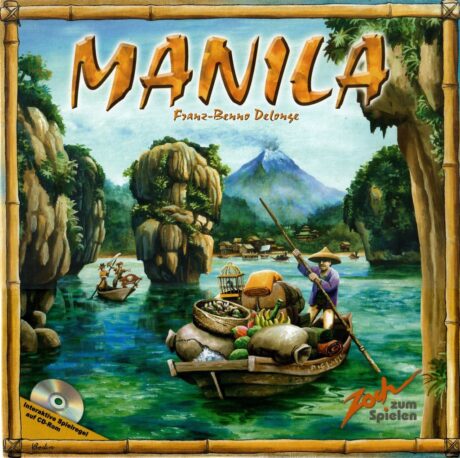
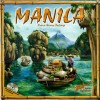
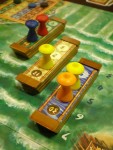
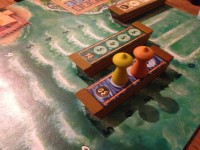
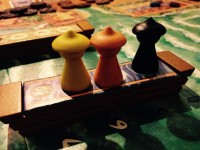
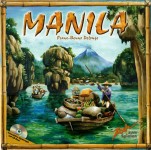



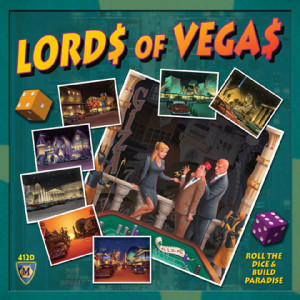
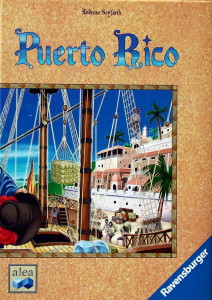
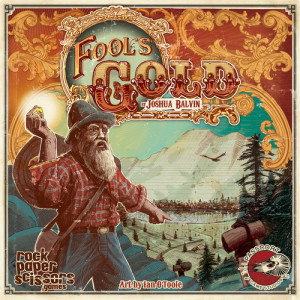
Sam says
I think Manila's great - not too heavy on the rules, and the crux of the game is How lucky do you feel? Do you want to play safe and risk coming a drab third place, or push your luck and swing wildly between first and last? But it's not all about luck either, as the Harbour Master will tell you...